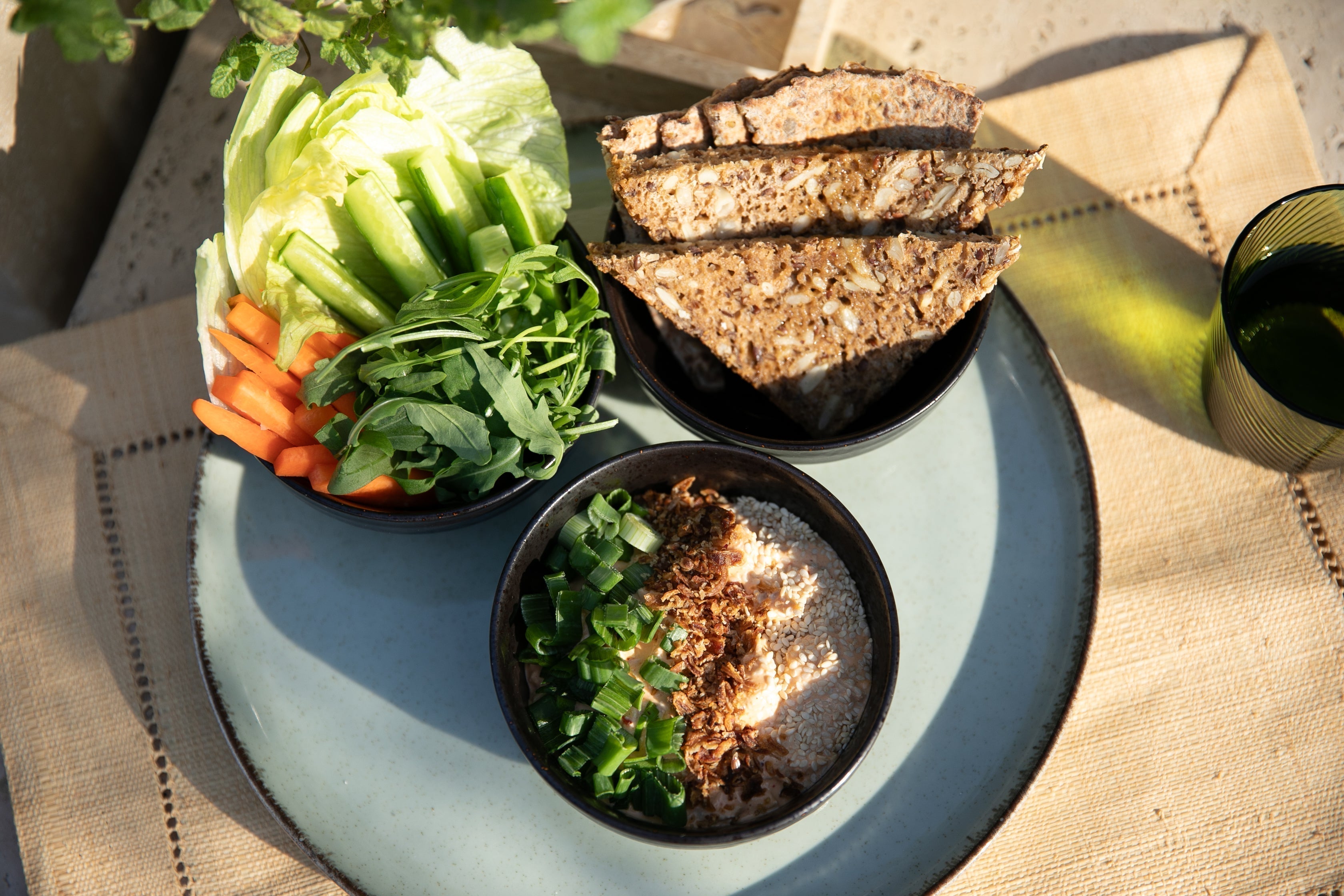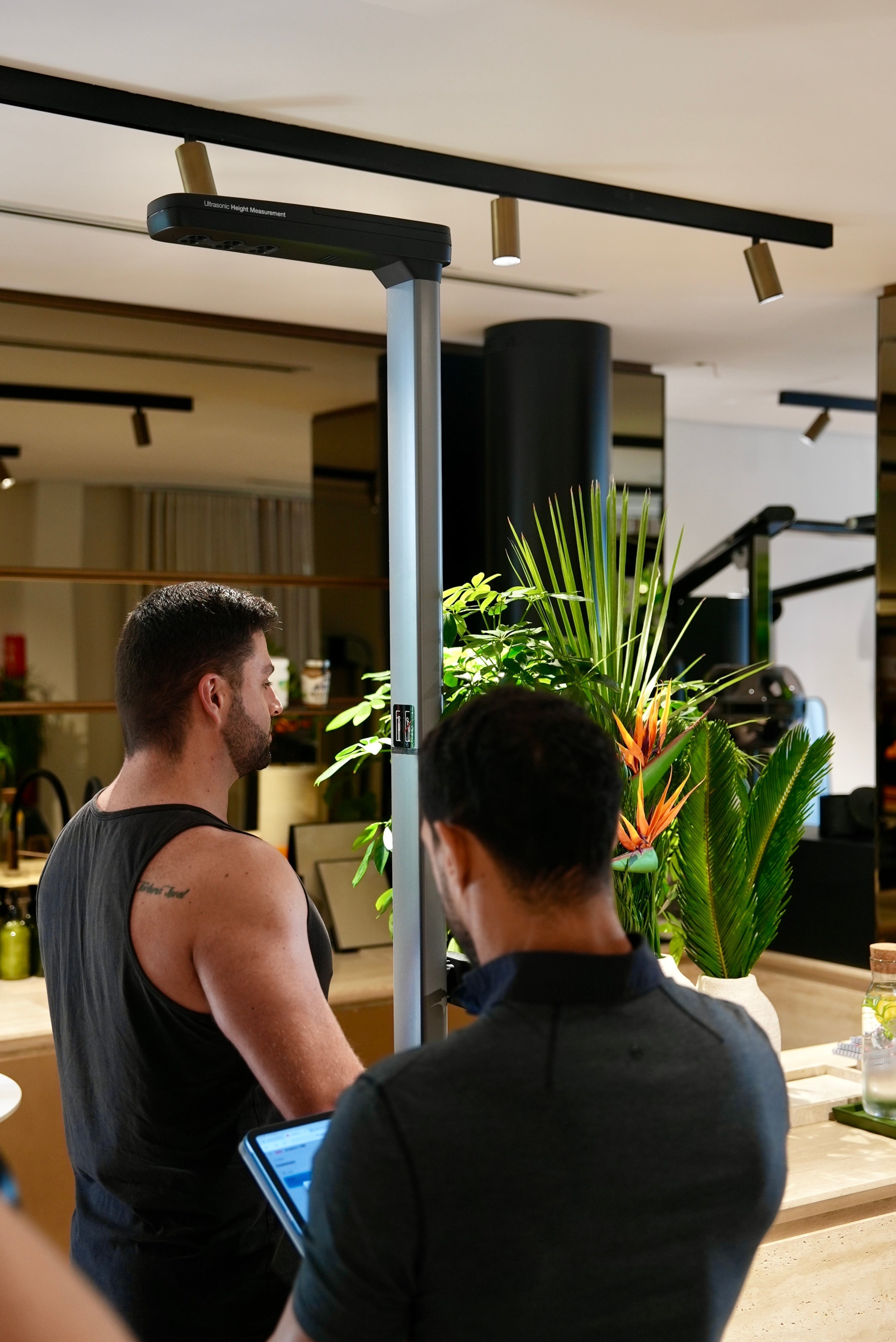Why Cardio Doesn’t Work for Weight Loss (On Its Own)
The smarter way to approach fat loss, without burning yourself out on the treadmill.
For many years, cardio has been seen as the gold standard for weight loss. Running, cycling, HIIT classes... anything to burn calories and “work off” what you have eaten.
But here’s the reality:
Cardio alone isn’t enough to drive meaningful, long-term fat loss.
In this article, we will break down why cardio isn’t the magic solution it’s made out to be, and what a more effective, sustainable fat loss plan looks like.
It All Starts With a Calorie Deficit
Let’s simplify things.
Fat loss happens when your body uses more energy than it consumes. This is called a calorie deficit. And while exercise can contribute to that deficit, the most reliable and sustainable way to create it is through nutrition -not movement.
You can certainly lose fat without doing much exercise at all.
Think about people observing Ramadan. They are eating less during the day and often see weight changes, even with minimal movement. Or imagine being stuck on a remote island with limited food. You’d lose weight because your intake is reduced, regardless of how active you are.
The takeaway?
Fat loss starts in the kitchen, not in your running shoes.
So Why Isn’t Cardio Enough?
Cardio has its place. But on its own, it’s not the solution most people think it is. Here’s why:
1. It Makes You Hungrier
Long cardio sessions - especially at high intensities - can spike your hunger. That post-workout appetite can easily lead to eating back all the calories you just burned, and then some.
This often turns into a frustrating cycle:
You exercise more, feel hungrier, overeat slightly, and don’t see results. It’s not that you’re doing anything wrong. It’s just that cardio doesn’t regulate appetite very well.
2. It Doesn’t Build (or Protect) Muscle
Muscle matters more than most people realise. It keeps your metabolism healthy, shapes your body, and supports long-term fat loss.
The problem?
Cardio doesn’t build muscle.
And if your diet is too aggressive or you’re not strength training alongside it, your body may start breaking down muscle tissue for energy, leading to less tone, less strength, and slower metabolism.

3. You Can’t Outrun Poor Nutrition
We’ve all tried it: doing extra cardio after a big weekend, using workouts to “balance out” indulgent meals.
But here’s the truth:
It’s far easier to manage what goes in, than to chase it with exercise.
Think about it like this:
● A pastry and a coffee might add up to 500-600 calories (that’s just breakfast).
● To burn the same amount, you'd need to run for about 45 minutes, nonstop.
Now imagine trying to "burn off" every meal or snack that way... every day.
It’s exhausting and completely unsustainable.
4. Your Body Adapts (Fast)
The more you do the same form of cardio, the more efficient your body becomes. That means over time, you burn fewer calories doing the exact same workout.
So unless you are constantly increasing time or intensity (which isn’t sustainable), your progress slows.
And you’ll likely get bored before you get results.
5. Cardio Has Real Benefits. Just Not the Ones You Think
We love cardio at HALM. It’s incredible for heart health, circulation, mental clarity, and longevity. It supports your overall well-being and is a vital part of a complete fitness plan.
But it’s time to stop thinking of cardio as your fat loss strategy.
Instead, think of it as one part of a bigger picture: a tool for health, not punishment for what you ate.
So What Does Work for Fat Loss?
The most effective approach is a well-rounded strategy that addresses all the important factors:
Smart, sustainable nutrition
Start by understanding your intake, eating enough protein, and creating a manageable calorie deficit.
Strength training
Build or maintain muscle, support your metabolism, and improve your body composition.
Cardiovascular training
For heart health, movement quality, and energy. Not just fat burn.
Recovery
Prioritise sleep, manage stress, and give your body the chance to adapt and improve.
This kind of plan works with your body, not against it and it’s how we coach fat loss at HALM.
What This Means for You
You don’t need to rely on cardio to change your body and you definitely don’t need to burn yourself out doing it.
By focusing on the right mix of nutrition, strength training, movement, and recovery, you’ll see better results, feel more energised, and stay consistent long term.
If you are ready to take the guesswork out of your training and nutrition, book a consultation and private tour at HALM. We will help you build a results-driven plan that fits your body, your lifestyle, and your goals.











